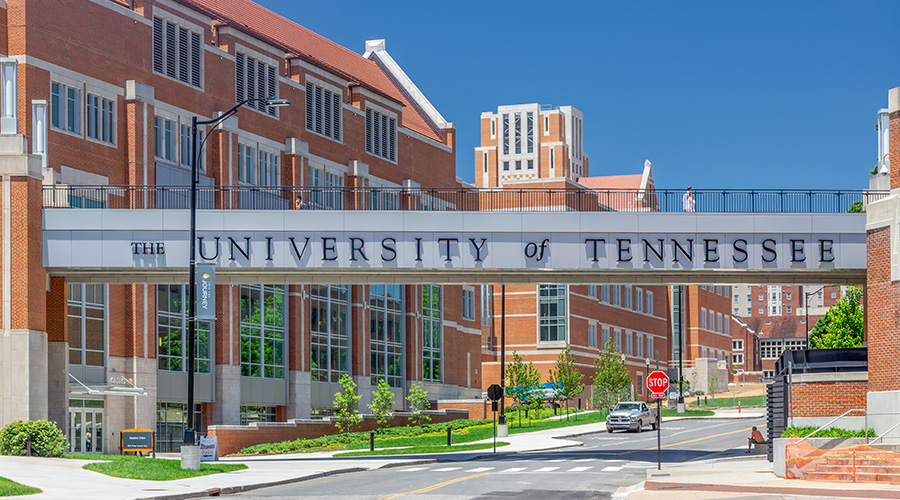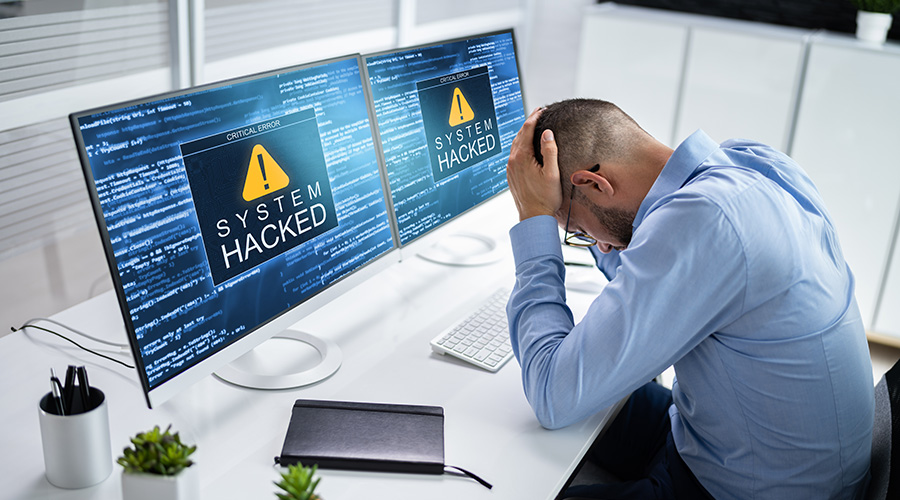Security Threats to Facilities are Changing as Terrorists Becoming Decentralized
Following the terrorist attacks of Sept. 11, U.S. security efforts focused on finding and stopping centralized terrorist networks — groups that were large, well-financed and well-organized. The concern was that terrorist networks would again mount intricately planned operations, perhaps again using airplanes, to attack an intended target, such as a commercial or government building.
But in the last nine years terrorist networks have become more decentralized. Individuals with either little or no connection to known terrorist groups have attempted to cause devastation, albeit on a smaller scale than the 9/11 attacks, using smaller, cruder explosive devices. Richard C. Reid attempted but failed to blow up an airplane on its way to the United States in December 2001 by igniting his shoe. Nearly eight years later, Umar Farouk Abdulmutallab tried to blow up a flight from Amsterdam to Detroit on Christmas.
In June, Faisal Shahzad pleaded guilty to a failed car bombing in Times Square on May 1. All three individuals had overseas ties. In Shahzad's case, he was a naturalized U.S. citizen from Pakistan whom authorities pulled off a Dubai-bound airliner moments before it was to take off from John F. Kennedy Airport in New York.
"For a year or two post-9/11, the concern was about larger threats such as an airplane or dirty bomb or nuclear device, whether it was rational or not," says Don Aviv, chief operating officer for Interfor Inc., an internal investigation and security consulting firm. "Since then the focus has been more on the random attacks or the unplanned attack. It's not a multinational or large cell terrorist attack that would require many months of planning or even years. It's simply driving a 5-ton truck in front of a building and detonating a device. It's not as catastrophic in damage, but the political effects and the aspects of terrorism are the same."
Terrorist networks have decentralized because the larger networks aren't as well organized as they once were, and there are plenty of smaller groups and individuals who want to make a name for themselves, says Louis Caravelli, a Chicago-based security consultant. More and more, it is individuals who are behind attempted attacks. A case in point is Shahzad, the individual who attempted to blow up a car in Times Square, he says. The United States needs to be prepared for an individual who is carrying a package with a bomb or who is wearing a bomb, aiming for "softer" targets. Law enforcement says it's better prepared for organized threats, Caravelli says, but it's the disorganized groups and the individuals who present more of a challenge.
The Sept. 11 attacks caught the United States off guard. Up until that time, the thinking was that the threat of a terrorist attack existed elsewhere but not here, says Michael Bouchard, chief security officer for EOD Technology Inc. and council vice president with ASIS International. The 2001 attacks changed that thinking. U.S. citizens now realize that they too are vulnerable, he says. As a result of the change in perception, the country is now better prepared for those threats, Bouchard says, adding that individuals play a large role in being vigilant against a possible attack.
"People need to be more aware of their surroundings and, when they see things, say something," he says. "In the U.S., we tend to mind our own business, but people now need to be more vigilant, much like the vendors in New York in Times Square."
Eyes and Ears of the Law
Robert Lang, assistant vice president, strategic security and safety at Kennesaw State University, agrees that individuals must become part of the eyes and ears for law enforcement, he says. "Law enforcement can't do it by themselves," he says. "Most incidents are over in two to three minutes."
For its crisis program, Kennesaw State has trained between 150 and 200 individuals in CPR, first aid and terrorism awareness. These immediate responders, spread across the 35-building campus, are trained to arrive on the scene of any incident within two to three minutes while law enforcement officials are still mobilizing, Lange says. The objective is to help law enforcement address the actual incident instead of training people to help them when they first arrive on the scene. "In a major city, it could be a long time before the police arrive," he says.
Lange and others say that concerns about terrorism don't just come from overseas but also emerge from within the United States. That fact was driven home six years before the Sept. 11 attacks, when Timothy McVeigh killed 168 people in Oklahoma City by detonating a bomb in a rented truck, which destroyed the Alfred P. Murrah Federal Building. McVeigh was essentially a lone offender but not one from overseas; he was born and raised in the United States.
"It's not just a Christian military group or the KKK, but people in the United States who have similar beliefs who perpetrate larger attacks but aren't affiliated with a larger group that law enforcement worries about," Aviv says. "The threat is great because they haven't really been flagged by law enforcement unless they have been arrested or somehow come into contact with the law. But the 'benefit' to dealing with groups like this is that they don't have the financial backing, the skill set and the technical know-how to do a large attack. But if they shoot for a small target, they may be successful."
But a terrorist need not attempt spectacular, complex attacks to wreak havoc. The individual who attempted to detonate the car bomb in Times Square was essentially an amateur, Aviv says. Even though he acted on his own, he left a trail for law enforcement, conducting research on the Internet, talking about being disgruntled and traveling to countries that are closely monitored by U.S. authorities.
Related Topics:












